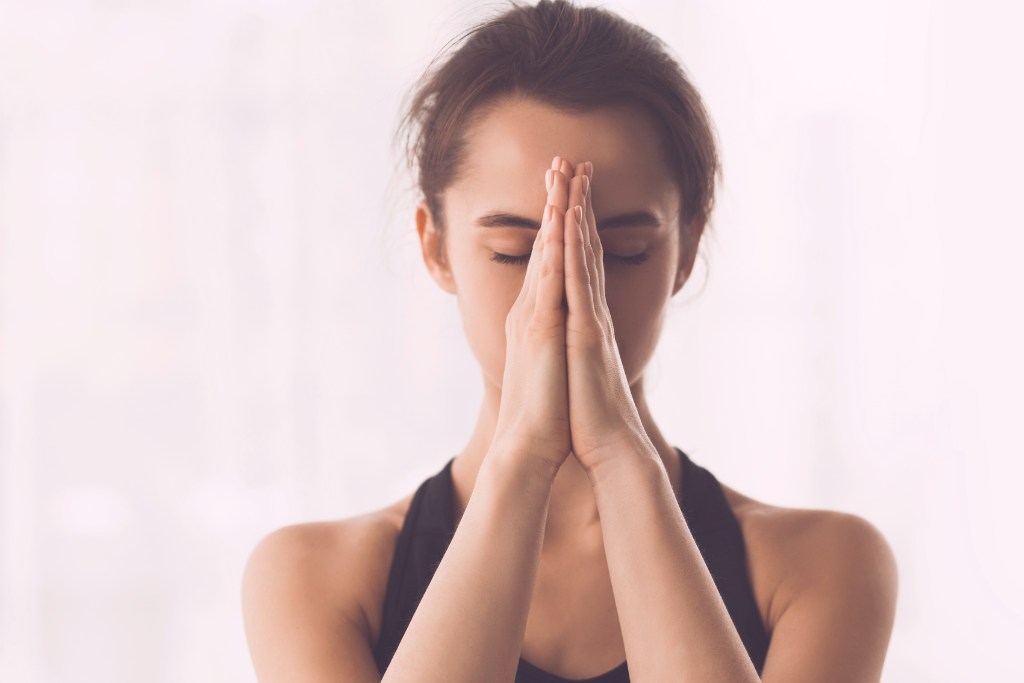Chair Yoga is a form of yoga that adapts traditional poses to be performed while seated in a chair or using a chair for support. This practice makes yoga accessible to individuals who may have mobility issues, balance concerns, or other physical limitations that make traditional yoga challenging. It incorporates gentle stretching, breathing exercises, and mindfulness, providing the benefits of yoga in a more supportive and comfortable setting.
The history of Chair Yoga dates back to the early 20th century when pioneers in adaptive yoga began modifying poses to accommodate different needs. Its development accelerated in the 1980s and 1990s as awareness of adaptive fitness and therapeutic practices grew. Today, Chair Yoga is widely recognized for its inclusivity and is often used in community centers, senior living facilities, and rehabilitation programs to enhance physical and mental well-being.
Who is Chair Yoga for?
Chair Yoga is ideal for individuals who have difficulty performing traditional yoga poses due to physical limitations, such as seniors, people with chronic conditions, or those recovering from injury. It is also suitable for those who work long hours at a desk and need a gentle way to stretch and relieve tension. Essentially, anyone looking for a low-impact way to engage in yoga and improve overall health can benefit from Chair Yoga.
What is Chair Yoga beneficial for?
Chair Yoga can be beneficial for:
- Arthritis
- Chronic back pain
- Poor circulation
- Balance issues
- Limited mobility
- Stress and anxiety
- High blood pressure
- Osteoporosis
- Alleviate symptoms of chronic diseases
- Improve flexibility
- Enhance overall quality of life
Who can practice Chair Yoga?
Chair Yoga can be practiced by almost anyone, regardless of age or physical condition. It is particularly beneficial for those with limited mobility, including older adults and people with disabilities. There are no strict requirements for practicing Chair Yoga, making it an accessible option for individuals seeking to incorporate gentle exercise and relaxation into their routine.
How can you choose the right practitioner for Chair Yoga for you?
Choosing the right Chair Yoga practitioner involves considering their qualifications, experience, and teaching style. Look for instructors who are certified in Chair Yoga or have experience working with individuals with similar needs. It’s also important to find someone whose approach resonates with you and who can tailor sessions to address your specific health concerns or goals. Many practitioners offer introductory sessions or consultations to help you determine if they are a good fit.
What does a typical Chair Yoga session look like?
A typical Chair Yoga session begins with gentle breathing exercises and warm-up movements to prepare the body. The instructor guides participants through a series of seated poses and stretches, often using the chair for support and stability. The session usually includes relaxation and mindfulness techniques to promote overall well-being. Each session is typically adapted to meet the needs and abilities of the participants, ensuring a comfortable and effective practice.
What does a virtual Chair Yoga session look like?
In a virtual Chair Yoga session, you connect with the instructor via video conferencing tools. The instructor will guide you through the session from their location, demonstrating poses and providing instructions while you follow along at home. The session typically includes similar elements to an in-person class, such as warm-ups, seated poses, and relaxation exercises. Clear, verbal instructions and visual demonstrations help ensure you can participate effectively and safely from your own space.
What can you expect after a session of Chair Yoga?
After a Chair Yoga session, you can expect to feel a sense of relaxation and improved flexibility. Many participants report reduced tension, enhanced mood, and a greater sense of well-being. It is common to experience increased energy and mental clarity as well. You might also notice a gradual improvement in mobility and comfort in daily activities. Regular practice can contribute to long-term benefits, including better posture, reduced stress, and enhanced physical and mental health.
How Can I Find Practitioners in This Modality?
Below are some of the practitioners in the Heallist Network who offer services in this area:
Ready to Begin Your Healing Journey?
The Heallist Network connects you with a diverse community of holistic practitioners across 200+ modalities—from energy work and alternative medicine to coaching and spiritual guidance. Explore, connect, and find the support that resonates with you.

